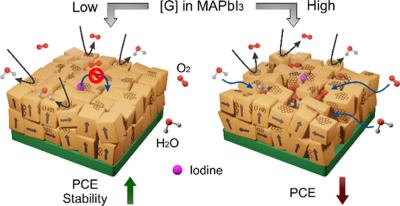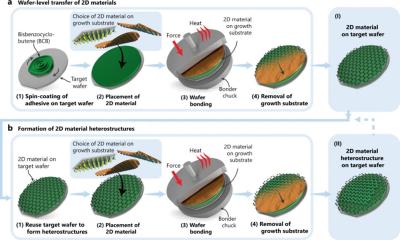MIT researchers manage to create a 2D polymer material for the first time
Researchers from MIT created a new 2D material, called 2DPA-1, which is the world's first 2D polymer. Until now, it was actually believed to be impossible to induce polymers into a 2D sheet.
To create the material, the researchers used a novel polymerization process, that was used to generate a two-dimensional sheet called a polyaramide. For the monomer building blocks of the material, they use a compound called melamine, which contains a ring of carbon and nitrogen atoms. Under the right conditions, these monomers can grow in two dimensions, forming disks. These disks stack on top of each other, held together by hydrogen bonds between the layers, which make the structure very stable and strong.





